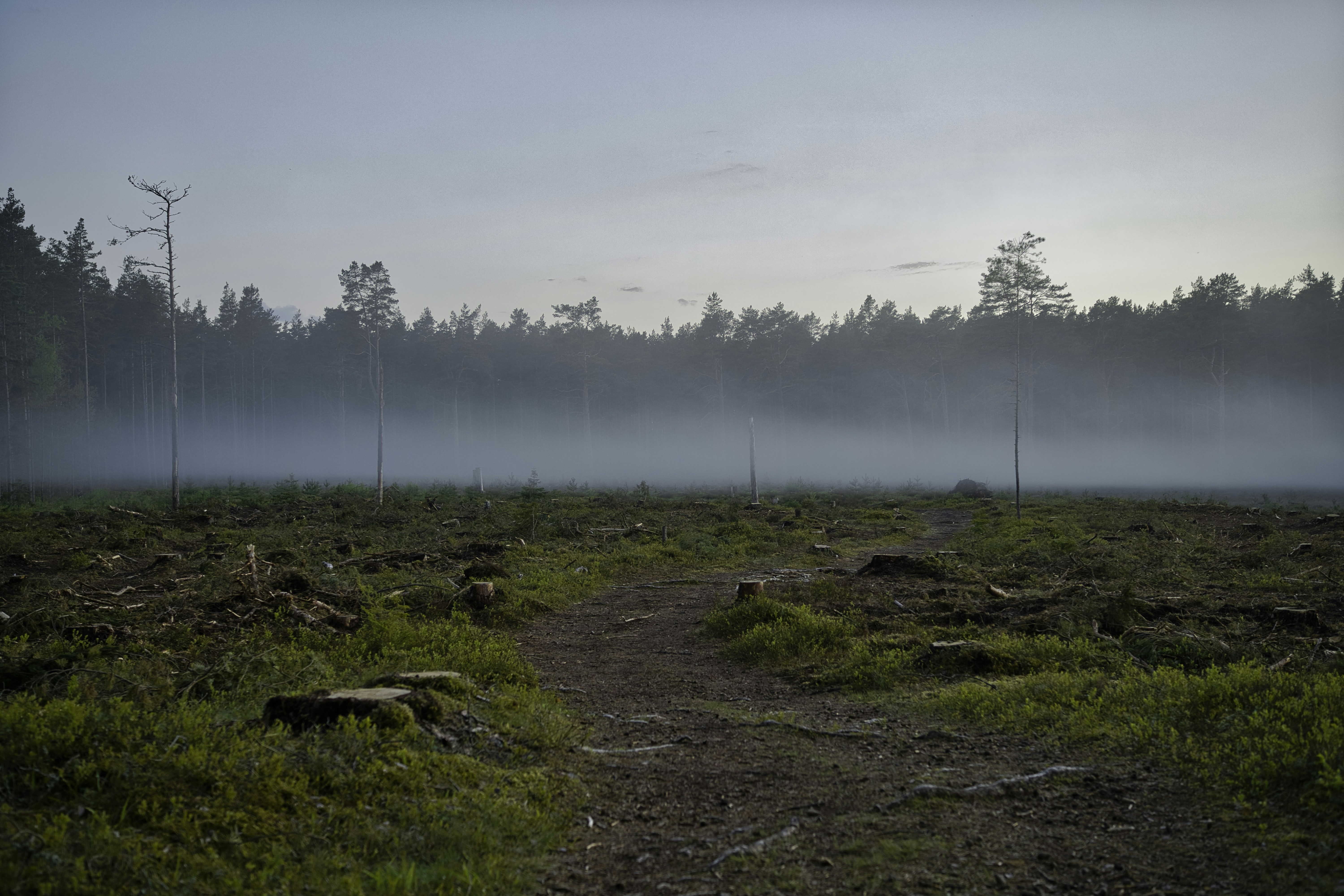
Have you ever stopped to think about how the simple act of cutting down trees can influence our entire planet? It’s a question that might seem straightforward but has incredibly deep and complex implications. In this article, we will unravel the intricate relationship between deforestation—a practice as old as civilization itself—and global warming, a modern-day crisis.

Understanding Deforestation
What is Deforestation?
Deforestation refers to the large-scale removal of forested areas, typically to make the land available for other purposes such as agriculture, urban development, or mining. This process involves the cutting down, burning, and destruction of trees in forested regions. While it can temporarily boost economic activities, the long-term environmental consequences are severe.
Why Does Deforestation Matter?
When forests are cleared, the balance of natural ecosystems is disrupted. Trees play a critical role in maintaining the Earth’s climate, sequestering carbon dioxide (CO2), and producing oxygen. The removal of trees means less CO2 is absorbed from the atmosphere, thereby exacerbating the greenhouse effect and contributing to global warming.
Historical Context
Historically, humanity has cut down forests for timber, fuel, and to make way for farmland. This practice began thousands of years ago but has accelerated dramatically over the past century. Modern technology has only increased the efficiency—and therefore, the scale—of deforestation, leading to unprecedented rates of forest loss.
The Lumberjack’s Role
From Necessity to Industry
Once upon a time, lumberjacks were seen as rugged heroes taming the wilderness for the good of society. Their work was essential for constructing homes, ships, and other essentials. Over time, the logging industry evolved from a necessity-driven endeavor into a large-scale commercial operation, often driven by profit rather than need.
Modern Logging Practices
Today’s logging operations use advanced machinery and techniques to clear vast expanses of forest quickly. While some logging companies have adopted sustainable practices, many continue to clear-cut areas with little regard for the long-term environmental impact. This industrial-level operation significantly aggravates the problem of deforestation.
Impacts on Global Warming
Carbon Cycle Disruption
Forests act as carbon sinks, absorbing significant amounts of CO2 from the atmosphere. When trees are cut down and burned or left to rot, the stored carbon is released back into the atmosphere. This process contributes to the increased concentration of greenhouse gases, thereby warming the planet.
Albedo Effect
The albedo effect refers to the ability of surfaces to reflect sunlight. Forests have a low albedo, meaning they absorb most of the sunlight. When forests are replaced by agricultural land or urban areas, the surface albedo increases, reflecting more sunlight back into space. This might sound like a good thing, but it actually leads to localized climate changes that can disrupt weather patterns and contribute to global warming.
Biodiversity Loss
Deforestation doesn’t just remove trees; it destroys entire habitats, leading to a loss of biodiversity. The extinction of plant and animal species can disrupt ecosystems and weaken their resilience to environmental changes, including those induced by global warming.
By the Numbers: The Deforestation Crisis
To give you a clearer picture of the scale of deforestation, consider the following statistics:
| Region | Annual Forest Loss (hectares) | Key Drivers |
|---|---|---|
| Amazon Basin | 2.6 million | Agriculture, Cattle Ranching |
| Southeast Asia | 1.3 million | Palm Oil, Timber Logging |
| Central Africa | 0.4 million | Mining, Agriculture |
These figures are staggering, showing that millions of hectares of forest are being cleared each year. The Amazon Basin, often referred to as the “lungs of the Earth,” is especially crucial due to its role in the global carbon cycle.

The Domino Effect on Climate
Changing Rainfall Patterns
Forests play a crucial role in regulating the Earth’s water cycle. Trees absorb water through their roots and release it into the atmosphere through a process called transpiration. When large areas of forest are cut down, this process is disrupted, leading to altered rainfall patterns. Regions that once received regular rainfall may experience droughts, while others may face floods.
Soil Erosion
Without trees to anchor the soil, deforested areas are highly susceptible to erosion. The rich topsoil, which took centuries to form, washes away, rendering the land barren and unsuitable for agriculture. This erosion can also lead to sedimentation in rivers and lakes, affecting water quality and aquatic life.
Increased Greenhouse Gas Emissions
In addition to releasing CO2, deforestation contributes to the emission of other greenhouse gases like methane (CH4) and nitrous oxide (N2O). This is especially true in tropical regions where forest biomass is high. The cumulative effect of these emissions accelerates global warming.
Solutions and Mitigations
Reforestation and Afforestation
One of the most effective ways to combat deforestation and its impact on global warming is through reforestation (replanting trees in deforested areas) and afforestation (planting trees in areas that were not previously forested). These efforts can help restore ecosystems, sequester carbon, and mitigate climate change.
Sustainable Logging Practices
Sustainable logging involves managing forest resources to meet current needs without compromising the ability of future generations to meet theirs. This can include selective logging, where only certain trees are harvested, and the use of reduced-impact logging techniques to minimize damage to the surrounding forest.
Policy and Legislation
Governments and international organizations play a crucial role in regulating deforestation. Effective policies can include enforcing logging bans, establishing protected areas, providing incentives for conservation, and promoting sustainable land-use practices. International agreements, like the Paris Agreement, also aim to address deforestation as a key factor in global climate change.
Individual Actions Matter
Conscious Consumer Choices
As a consumer, you can make choices that support sustainable practices. Look for products certified by organizations like the Forest Stewardship Council (FSC), which ensures that the wood and paper products come from responsibly managed forests.
Supporting Conservation Organizations
Numerous non-profit organizations are dedicated to combating deforestation and promoting reforestation. Consider supporting them through donations or volunteer work. Organizations like the World Wildlife Fund (WWF) and the Rainforest Alliance are leading efforts to protect forests worldwide.
Educating Others
Raising awareness is a powerful tool. The more people understand the link between deforestation and global warming, the more likely we are to see collective action. Share information with your community, join environmental groups, and advocate for policies that protect our forests.
The Road Ahead
Technological Innovations
Emerging technologies offer new ways to monitor and combat deforestation. Satellite imagery, drones, and artificial intelligence can track forest cover in real-time, making it easier to enforce logging bans and identify illegal activities. Innovations in sustainable agriculture and forest management also hold promise for reducing deforestation while meeting human needs.
Global Cooperation
Solving the deforestation crisis requires international cooperation. Countries need to work together to share knowledge, resources, and strategies. Global initiatives like REDD+ (Reducing Emissions from Deforestation and Forest Degradation) aim to create financial incentives for developing countries to preserve their forests.
Ethical and Sustainable Development
Ultimately, balancing economic development with environmental sustainability is key. This means rethinking how we use land, transitioning to renewable energy sources, and investing in green technology. Ethical and sustainable development can help meet human needs without compromising the health of our planet.

The Legacy We Leave
The choices we make today will shape the world for future generations. Deforestation and global warming are deeply interconnected issues that require urgent and sustained action. By understanding the roots of the problem and working together on solutions, we can create a legacy of a healthier, more sustainable world.
Every tree counts. Every action matters. And it all starts with awareness. So next time you see a piece of paper, a wooden table, or even a patch of untouched forest, take a moment to appreciate the complex journey that brought it to you—and think about the role you can play in preserving the planet for the future.
In summary, while the lumberjack’s legacy has a complicated past, the future can still be bright. Through a combination of informed consumer choices, supporting sustainable practices, and advocating for robust policy measures, you have the power to make a difference. Let’s work together to ensure that the Earth’s forests continue to thrive, safeguarding our planet for generations to come.






